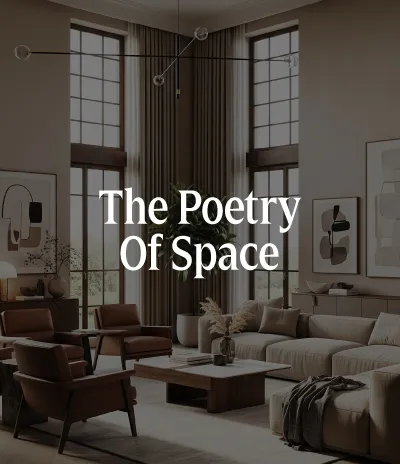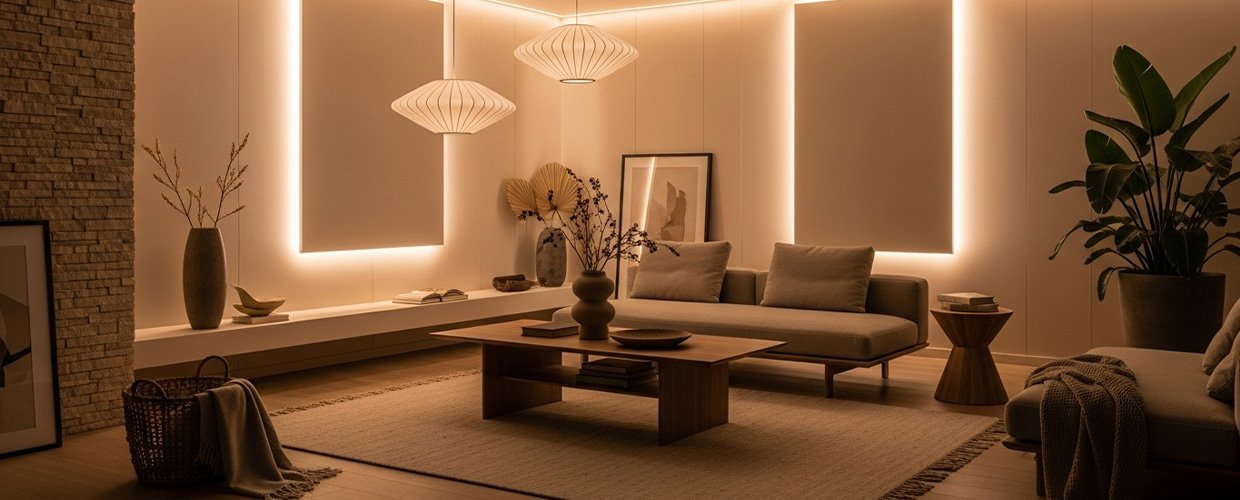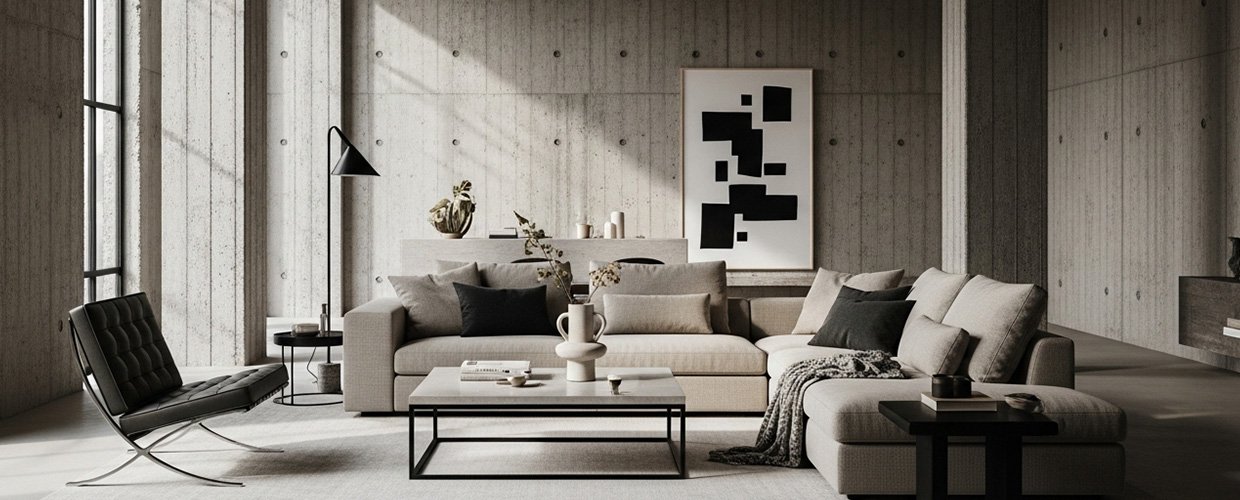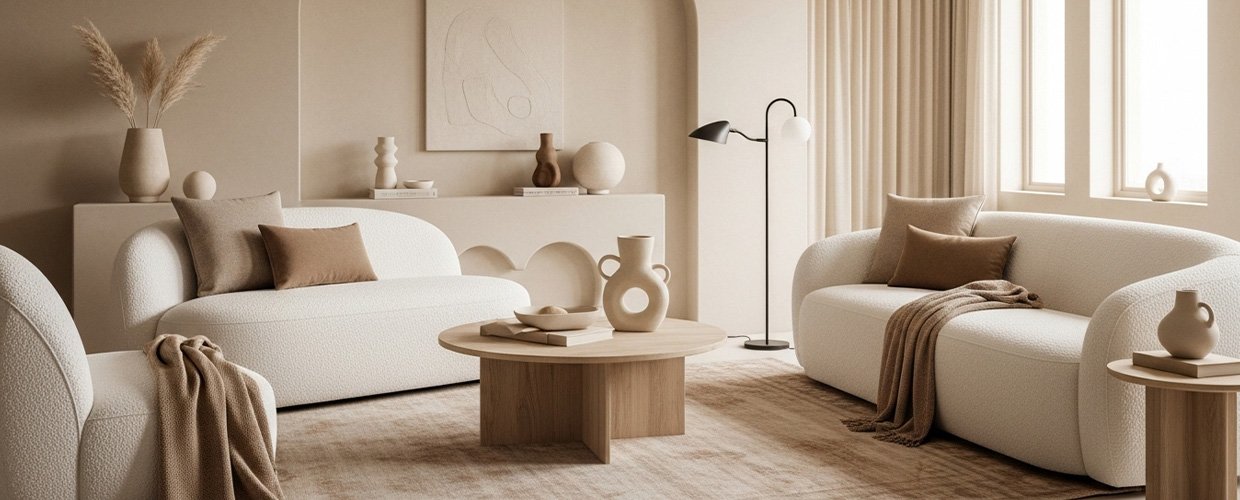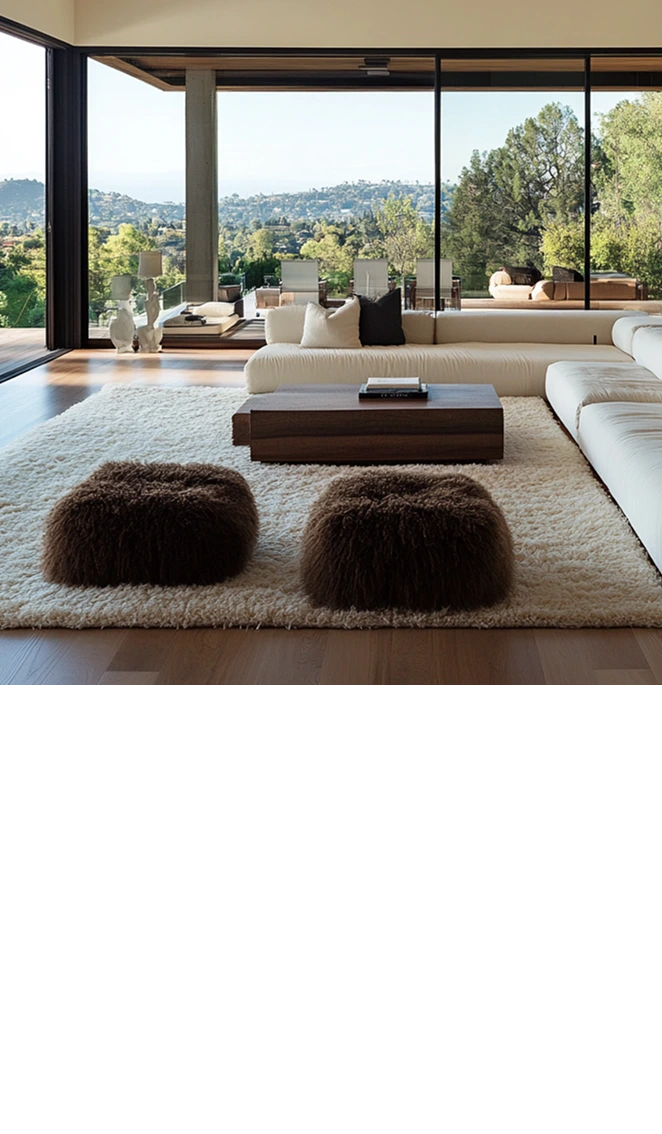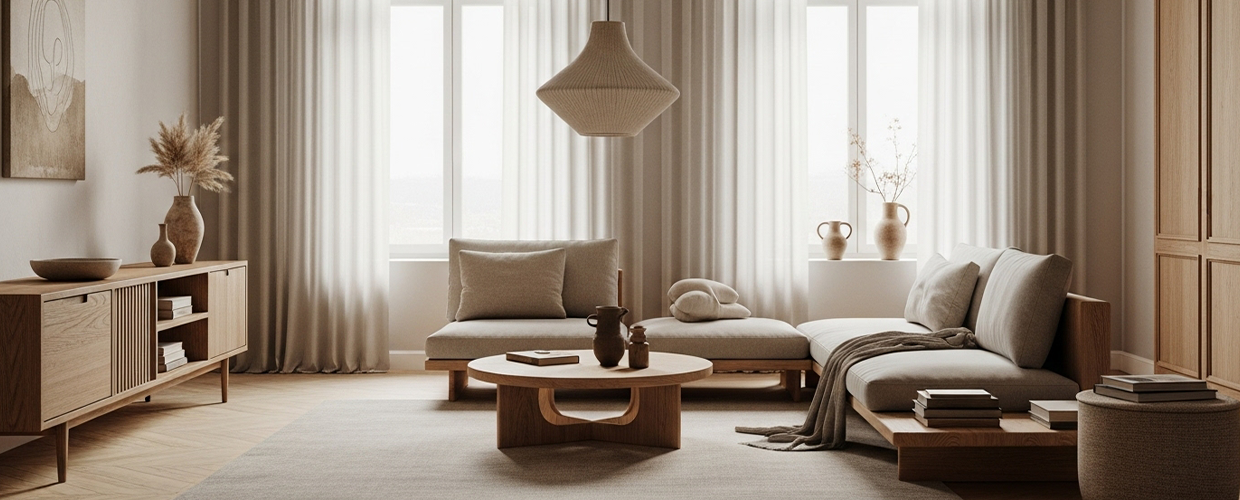
July 25, 2025
Minimalist Interior Design Trends in the U.S. for 2025
As we look ahead to 2025, the minimalist interior design trend continues to evolve, capturing the essence of simplicity and functionality in the U.S. market. Minimalism, characterized by its ‘less is more’ philosophy, has been a popular choice for homeowners and designers alike, seeking to create spaces that are both aesthetically pleasing and functional. With the fast-paced lifestyle prevalent in urban areas, many individuals are gravitating towards minimalist designs that offer a sense of calm and order. This trend is not just about reducing clutter but also about making thoughtful choices that enhance the living experience. In 2025, we anticipate a shift towards even more sustainable practices, with designers opting for eco-friendly materials and energy-efficient solutions. The integration of technology in minimalist designs is also expected to rise, as smart home devices become more sophisticated, allowing for seamless control of the home environment. This introduction sets the stage for exploring the key elements driving minimalist interior design trends in the U.S., highlighting the importance of sustainability, technology, and functionality in shaping the future of home interiors
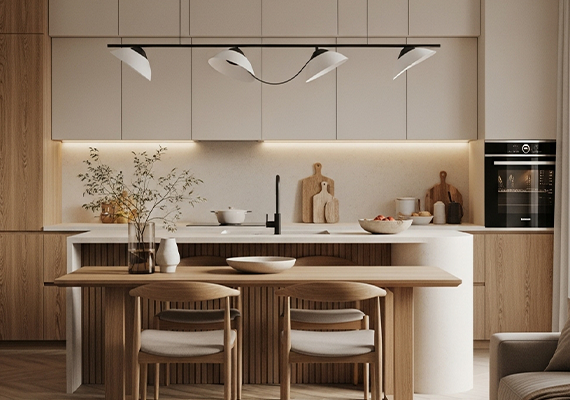
The heart of minimalist interior design lies in its ability to create spacious, uncluttered environments that are both functional and beautiful. In 2025, we anticipate several key trends that will define minimalist interiors in the U.S. One significant trend is the use of natural materials such as wood, stone, and metal, which not only add warmth and texture but also contribute to sustainability. Designers are increasingly opting for materials that are responsibly sourced and have minimal environmental impact, reflecting a growing awareness of ecological issues. Another trend is the incorporation of neutral color palettes, which are central to the minimalist aesthetic. These colors create a serene backdrop that enhances the sense of space and light within a room. Additionally, the rise of multifunctional furniture is set to transform how spaces are utilized. Pieces that can serve multiple purposes, such as a sofa that doubles as a guest bed or a dining table with hidden storage, are becoming increasingly popular. This trend towards multifunctionality is driven by the need to maximize space, particularly in urban settings where living areas can be limited. Furthermore, technology integration is becoming a staple in minimalist design. Smart home devices, such as automated lighting and climate control systems, are seamlessly incorporated into the design, enhancing convenience without compromising the aesthetic. These elements combined make minimalist interior design not only a style choice but a lifestyle that prioritizes efficiency, sustainability, and tranquility.
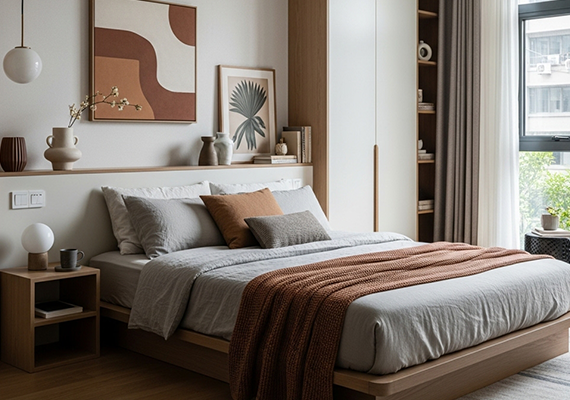
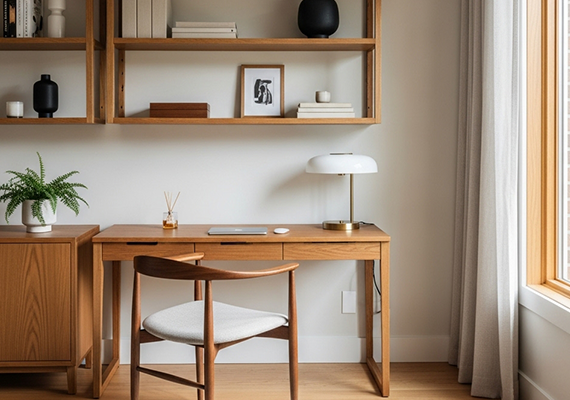
In conclusion, the minimalist interior design trends for 2025 in the U.S. are set to embrace a blend of sustainability, functionality, and technology. As homeowners and designers seek to create spaces that offer both beauty and practicality, the focus will be on using natural, eco-friendly materials and integrating smart technology to enhance the living experience. Neutral color palettes and multifunctional furniture will continue to be central to minimalist design, providing flexibility and a sense of calm. These trends reflect a broader shift towards conscious living, where every design choice is made with intention and mindfulness. As we move forward, the minimalist approach will likely continue to influence how spaces are designed and utilized, offering a timeless aesthetic that adapts to the evolving needs of modern life. For those considering a minimalist makeover, understanding these trends can provide valuable insights and inspiration, guiding them towards creating harmonious and efficient living spaces.
TRENDING NOW

